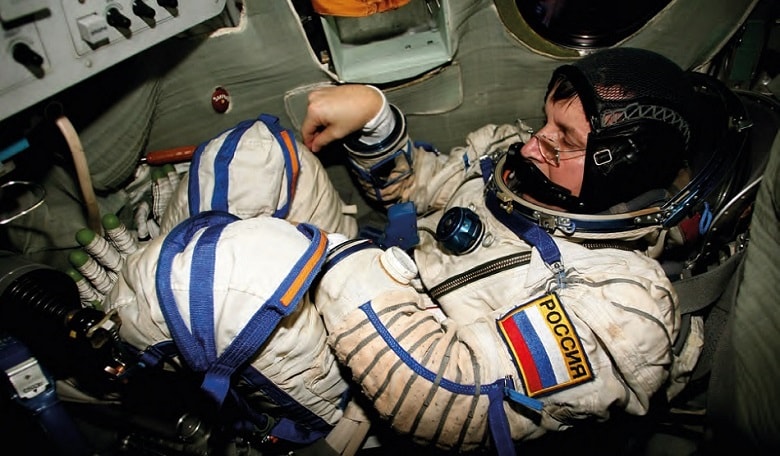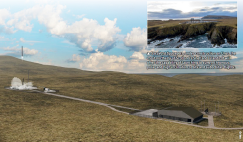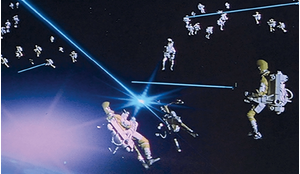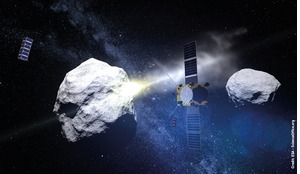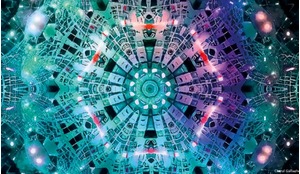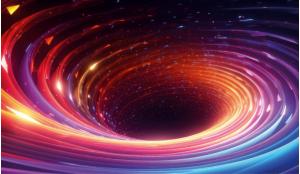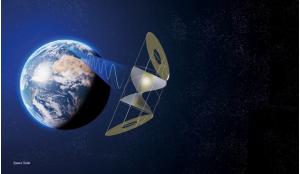In the beginning of the cosmic era, manned space flight was a government prerogative, an indicator of a nation’s prestige and power. Nowadays, though, we are seeing greater commercialisation of the space industry.
A number of countries are already developing an entire industry focused on allowing ordinary citizens to experience space. Privately funded space trips not only generate profit for owners of appropriate assets, but can also drive the creation of new technology and wider innovation in society.2,4,6,7
The first genuinely commercial flights are considered to have taken place in 1990 and 1991. These were the first flights of commercial cosmonauts as they came from non-governmental, privately funded projects. First was the TV journalist Toyohiro Akiyama from Japan and then Britain’s Helen Sharman. Both travelled to the Soviet Mir station aboard Soyuz spacecraft. Yet these were one-time “business trips” made for the benefit of large companies.
A decade later, in April of 2001, the era of space tourism truly began when millionaire Dennis Tito flew on Soyuz TM-32 to the International Space Station. An idea was born. There could now be a system that would allow a non-professional cosmonaut fulfilling a minimal set of obligations (besides the obvious financial obligation) to fly to space.
Within 12 years of manned flights to the ISS, 10 non-professional cosmonauts with the status of ‘Space Flight Members’ took 11 flights on Russian spacecraft. A total of 20 people from nine countries have trained.
Growth industry
At present, there are two people preparing for space flight via the Yuri Gagarin Cosmonaut Training Centre in Russia: British singer Sarah Brightman and Japanese businessman Satoshi Takamatsu.
The Centre is currently involved in the intensive training of both Russian cosmonauts and foreign astronauts. The specifics of the way the Centre operates in the modern era are such that it must train flight crews in close cooperation with international partners, members of the ISS program (the U.S., Canada, Japan, and the EU).3,6
Our specialists needed to develop new criteria for the selection and preparation of non-professional cosmonauts, with those criteria (which is medial, educational, psychological, etc.) being very different from that applied to professionals. Obviously, non-professional cosmonauts are interested more in tourism and educational aspects of space, which we had to take note of.
A very big issue of training non-professionals at the Gagarin Centre is the amount of time it takes for them to train. Usually, these people simply cannot abandon their day jobs for a long time, which means that training must be conducted within a fairly limited timeframe. At the same time, non-professional cosmonauts must still have the minimum basic knowledge and skills to guarantee their safety and ability to be part of the flight.
This new, complex problem of training means that we have had to develop new organisational tricks and methods that would enable nonprofessionals to get their required level of training. Naturally, we rely on our 50+ years of experience of training cosmonauts and astronauts at the Centre.
The way that professional cosmonauts are trained, how they are assigned to crews, their rights and responsibilities, and other aspects of their work are determined by the legislation of the Russian Federation and contracts signed by the cosmonauts. Non-professional cosmonauts can fly to the ISS only as members of a space flight.
On Russian spacecraft, members of space flight can be both Russian citizens and foreign citizens, as long as they fit certain criteria (the medical criteria being most important) and as long as they sign an appropriate contract with Roscosmos (a.k.a. the Russian Federal Space Agency) or an organisation in the space sector that is approved by Roscosmos. The training and the space flight are paid for commercially.
A number of countries are already developing an entire industry focused on allowing ordinary citizens to experience space.
The main organisational and methodological challenges of training non-professional cosmonauts involve selecting members of a particular space crew, planning the training, preparing source data for training, identifying the types and levels of training, as well as new forms of training, medical exams, ensuring the medical monitoring of the training process, etc.
Since the most important on-board tasks of a non-professional involve taking care of their own safety and knowing how to act in emergency situations, we take special care when it comes to teaching them about life-support systems.
Physical training, medical training, training to prepare for how flight will affect them, foreign language training, and so on, are all done to ensure a successful experience. Any experiments to be performed by the tourist are meanwhile determined by the training and consulting centre within the Gagarin Centre.
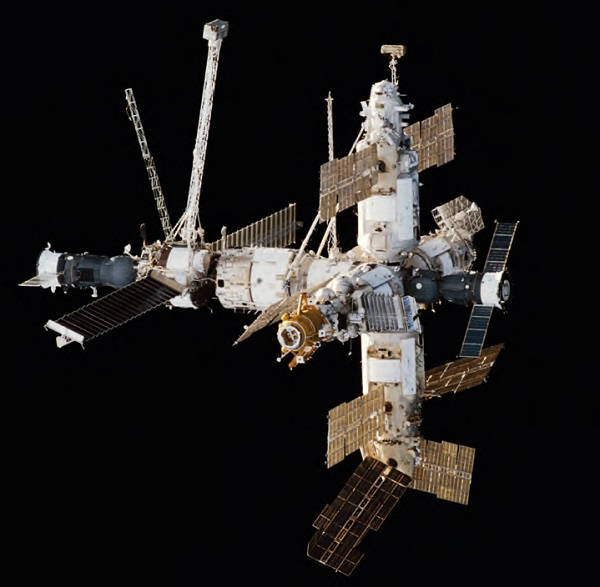 The Mir Space Station hosted a number of space tourists.
The Mir Space Station hosted a number of space tourists.
Tourists who secure placement on a flight via a short-term contract can come from all walks of life. They are scientists, educators, members of the media, members of particular industries, of the business communities, etc. Before they fly, every such space flight member signs on for certain responsibilities, as detailed in Flight Rules of that particular spacecraft.
On Russian spacecraft, members of space flight can be both Russian citizens and foreign citizens, as long as they fit certain criteria.
A potential candidate for space flight must fit medical criteria determined by Russia and the ISS program for manned space flight. We pay particular attention to anthropometric data of the space flight candidate. For the Soyuz spacecraft, there are a number of restrictions as far as an individual’s parameters go.
At the same time, the age of the successful space flight member candidate for the ISS varies from 23 to 60 years old, which is a much wider window that cosmonaut candidates at various space agencies enjoy.
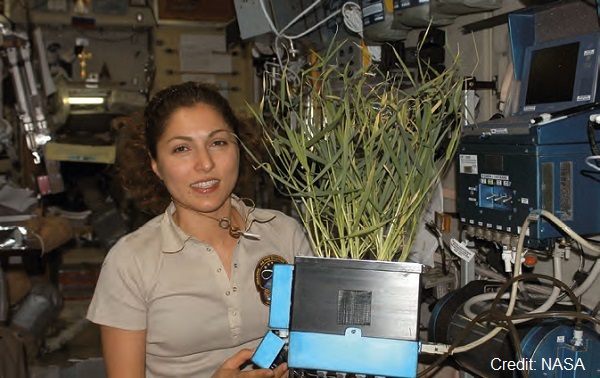 Above: Anousheh Ansari working with grass plants on the International Space Station.
Above: Anousheh Ansari working with grass plants on the International Space Station.
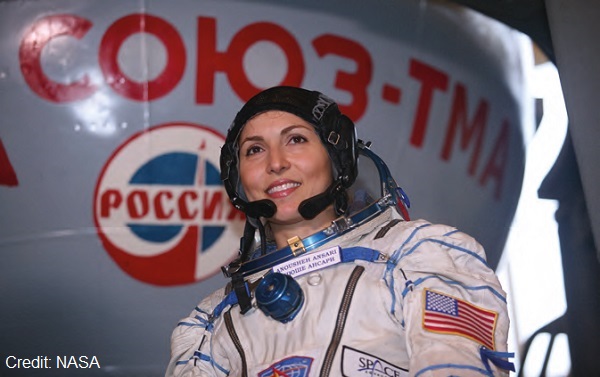 Space tourist Anousheh Ansari is an Iranian-American engineer and co-founder and chairwoman of Prodea Systems.
Space tourist Anousheh Ansari is an Iranian-American engineer and co-founder and chairwoman of Prodea Systems.
Responsibilities on board
A space flight member on a Soyuz-TMA craft is expected to do the following:
- Fly as a member of a professional team on the Soyuz
- Be a member of the professional team on the ISS Russian Orbital Segment (ROS)
- Perform tasks as required by the flight program and on-board rules
- Communicate with Mission Control
- Be in charge of their own vital functions during flight and after landing
- Perform any scientific experiments and other tasks as determined by the flight program
- In an emergency situation, perform tasks as required by the on-board regulations and the flight captain
- At the Gagarin Training Centre, we undertake the following training regiments with nonprofessional cosmonauts bound for the ISS:
- Training in the academic foundations of cosmonautics (optional)
- Academic study of the Soyuz spacecraft
- Practical training using Soyuz simulators and training booths
- Academic study of the ISS ROS
- Practical training using the ISS ROS simulators and training booths
- Both academic and practical classes on life support systems of the spacecraft and the ISS ROS
- In preparing for flight, we use the parabola aircraft Ilyushin-76 MDK, a hydrolaboratory, and the TsF-18 centrifuge
- Physically preparing the body for the various specifics of space flight
- Preparation on what to do after landing in different climates or terrain (swampland, sea training, etc.)
- Preparing to conduct science experiments on the ISS (we use both simulators and other methods)
- An intensive Russian course – for all foreign flight candidates
After space flight, we conduct all necessary rehabilitation programs with the space flight member at the Training Centre. The minimum length of training a space flight member, with time factored in for learning a minimum-level of Russian, is roughly 25 weeks.1,4,6
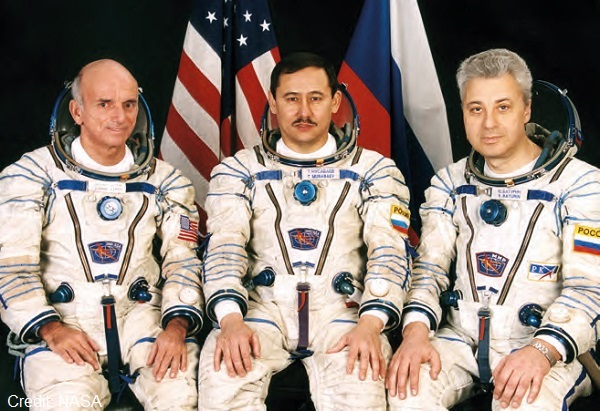 Dennis Tito flew as part of the crew of Soyuz TM-32.
Dennis Tito flew as part of the crew of Soyuz TM-32.
In order to retain one’s professional skills and to remain responsibly committed to one’s main job, the space flight member can periodically take a pause in training. Yet for the last three months of preparations before flight, the tourist must be at the Training Centre continuously.
New competition emerges
Until recently, there was no real competition when it came to commercial space flight services. Only two space agencies, Roscosmos and NASA, had the potential to sell such services on the market.
Today, there is active preparation for conducting suborbital flights, promoted by private companies. These will provide a few minutes ‘in space’ as they breach the commonly accepted boundary of space, 100 kilometres in altitude. But the duration is so short that no serious work or tasks can be performed. This makes suborbital flight much cheaper, and will certainly affect the market by attracting clients with less money to spend.
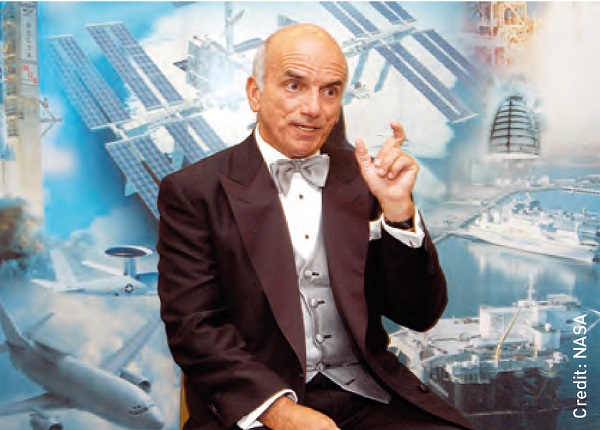 In 2001, Dennis Tito became the first space tourist to visit the International Space Station.
In 2001, Dennis Tito became the first space tourist to visit the International Space Station.
The beginning of the 21st century certainly opened up a new, extraordinary chapter as far as the development of manned space flight goes – and space tourism is the main event.
In the US, space tourism is considered the most rapidly developing area of the whole space sector. 2,5 Private corporations invest huge amounts of money to develop their own launch vehicles, suborbital and orbital spacecraft, and even orbital hotels for longer stays. An on-Earth space tourism infrastructure is also being developed: the first spaceport has now been built in America. There is a plan to build an entire chain of spaceports all over the world.
The unstoppable yearly growth in both supply and demand on the market of space tourism, the emergence of new partners and areas for commercial cooperation is an indicator of the way in which many different countries are now interested in participating in space exploration, a widening of our collective horizons.
It also gives new opportunities for scientists to participate in projects and developments, uniting scientific communities and developers from different countries, and increasing our shared knowledge as humanity continues on its journey of space exploration.
Thus, the development of space tourism will not just affect its own specific sector – it will affect the entire space community.7
References:
1 Training non-professional cosmonauts for ISS-bound flights. Edited by V.V. Tsibliyev, B. I. Kryuchkov, M. M. Kharlamov. The Yuri Gagarin State Russian Science & Research Experimental Cosmonaut Training Centre, 2008.
2 Concepts, trends and prospects of development of international manned space flight. B. I. Kryuchkov, A. A. Kuritsyn, V. I. Yarpolov. Federal State Institution, The Yuri Gagarin State Russian Science & Research Experimental Cosmonaut Training Centre 2013.
3 A.A. Kuritsyn, S.K. Krikalyov, I.G. Sokhin. Organization of the ISS Crew Training and Further Development of Cosmonaut Training System. 62nd International Astronautical Congress – 2011, Cape Town, South Africa, IAC Paper, IAC-11.B3.5.7. September 2011.
4 A.A. Kuritsyn, S.K. Krikalyov, I.G. Sokhin. Manned astronautics: perspectives and problems in the XXI Century. International Russian-American Scientific Journal «Actual problems of aviation and aerospace systems», Kazan-Daytona Beach, 1(32), v.16, 2011. – . 8–13. – ISSN 1727-6853.
5 A. A. Kuritsyn, M. M. Kharlamov, A. V. Temerov. The particulars of conducting and controlling training of ISS crews of six people. Manned space flight, 2012, issue 2 (4). Federal State Institution, The Yuri Gagarin State Russian Science & Research Experimental Cosmonaut Training Centre, – ISSN 2226-7298.
6 Y. V. Lonchakov. The Cosmonaut Training Centre on the path of innovation development (for thr 55th Anniversary of the The Yuri Gagarin State Russian Science & Research Experimental Cosmonaut Training Centre. Manned astronautics: 2015, issue 1 (14). Federal State Institution, The Yuri Gagarin State Russian Science & Research Experimental Cosmonaut Training Centre. – ISSN 2226-7298.
7 B. I. Kryuchkov. S. K. Krikalyov. A. A. Kuritsyn. On the way to Mars: Science in Russia. The Russian Academy of Sciences, 2014. Issue 1, Nauka Publishing House. – ISSN 0869-7078.





